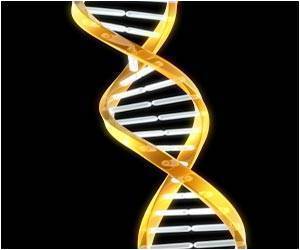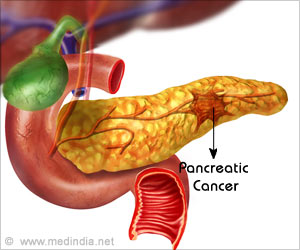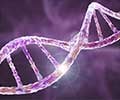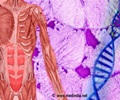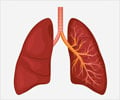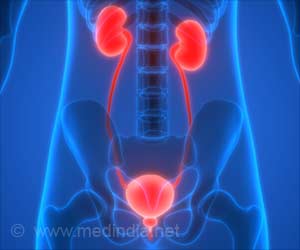Gene mutation causes a serious lymphatic condition, and this knowledge is used to restore normal lymphatic vessels in model animals. It is a potential avenue to treat patients with central conducting lymphatic anomaly (CCLA).
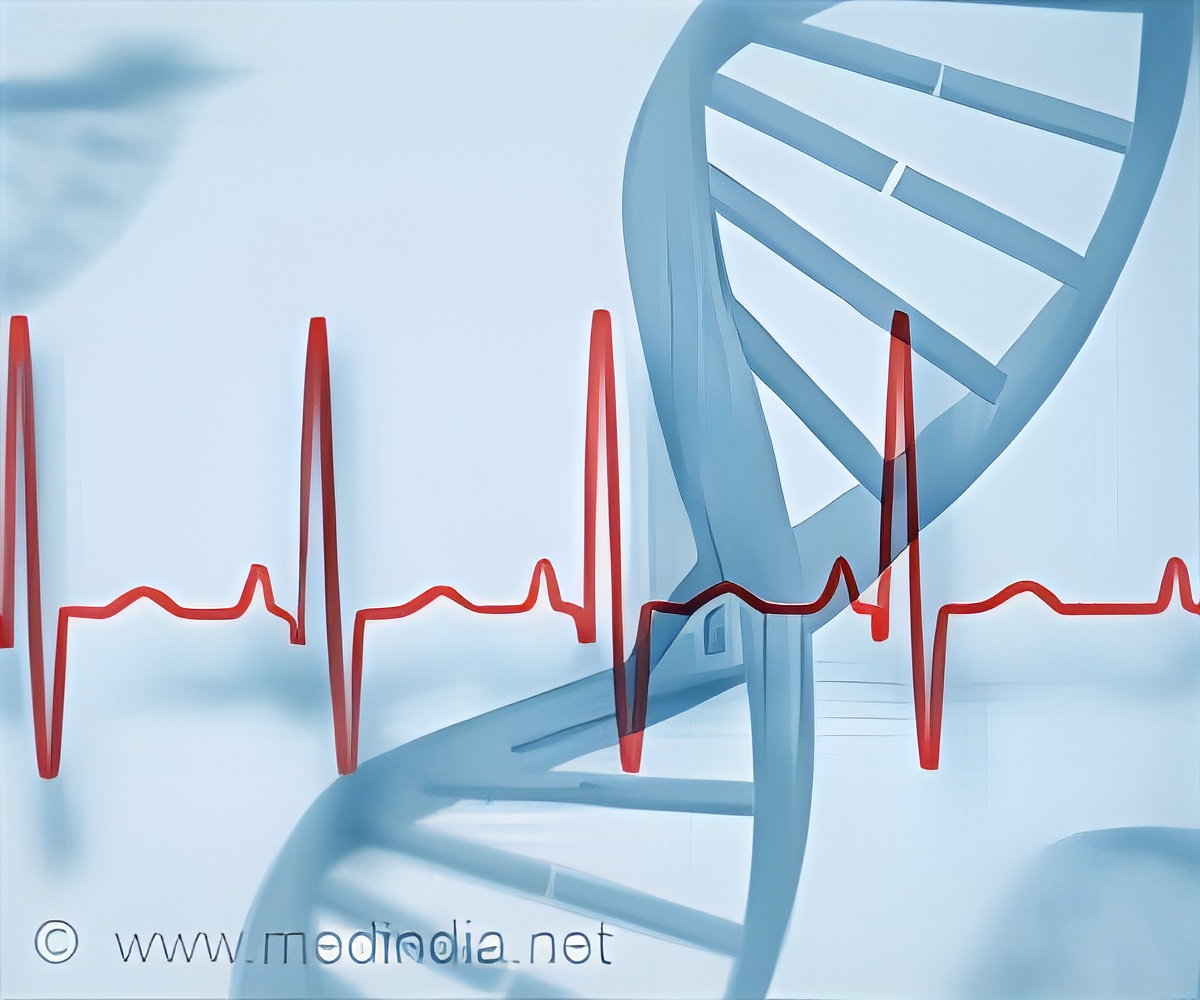
‘A novel gene mutation that was identified helped researchers restore lymphatic vessels in animal models and check abnormal lymphatic flow. This discovery offers a potential avenue for intervening with existing drugs to treat patients with central conducting lymphatic anomaly (CCLA), often a severe condition.’





The two cell signaling pathways known to regulate lymphatic development, the study team then showed that both rapamycin, an mTOR inhibitor, and two PIK3 kinase inhibitors independently restored normal vessel architecture in the zebrafish models."This discovery offers a potential avenue for intervening with existing drugs to treat patients with this complex, often severe condition," said study leader Hakon Hakonarson, MD, PhD, director of the Center for Applied Genomics at Children's Hospital of Philadelphia(CHOP).
Hakonarson collaborated with experts from the innovative Center for Lymphatic Imaging and Interventions, based at CHOP, including pediatric cardiologist Yoav Dori, MD, PhD.
Lymph, which circulates throughout the body, has a crucial role in immune function as well as fat and protein transport.
Abnormal lymphatic flow, which often goes undiagnosed, may cause respiratory distress, fluid accumulation in the chest or abdomen, or swelling of the limbs or tissues.
Advertisement
Clinicians eventually diagnosed him with central conducting lymphatic anomaly (CCLA), a complex condition in which abnormal lymphatic vessels interfere with proper drainage.
Advertisement
Hakonarson and colleagues then used antisense technology to model the EPHB4 mutation in zebrafish, and observed misbranching and deformities in the animals' lymphatic vessels, which mimicked the abnormal anatomy in the CCLA patients.
"The fact that these signal inhibitors reversed disorganized lymphatic anatomy in animal models was a dramatic result, which we hope will translate into treatment for children and adults with CCLA," said Hakonarson. Dori added, "Further research will establish whether such drugs will produce similar results in patients, but this represents a potential new treatment for complex lymphatic disorders."
Source-Eurekalert

